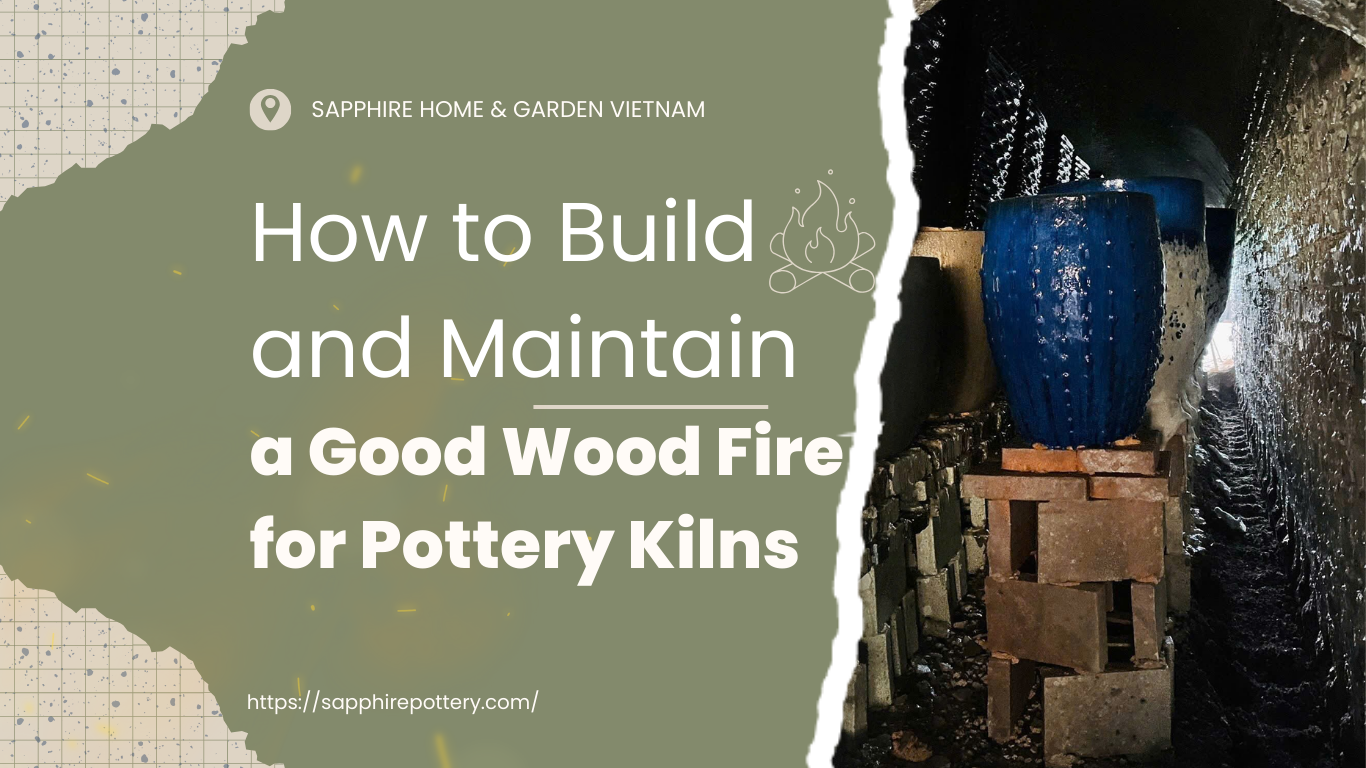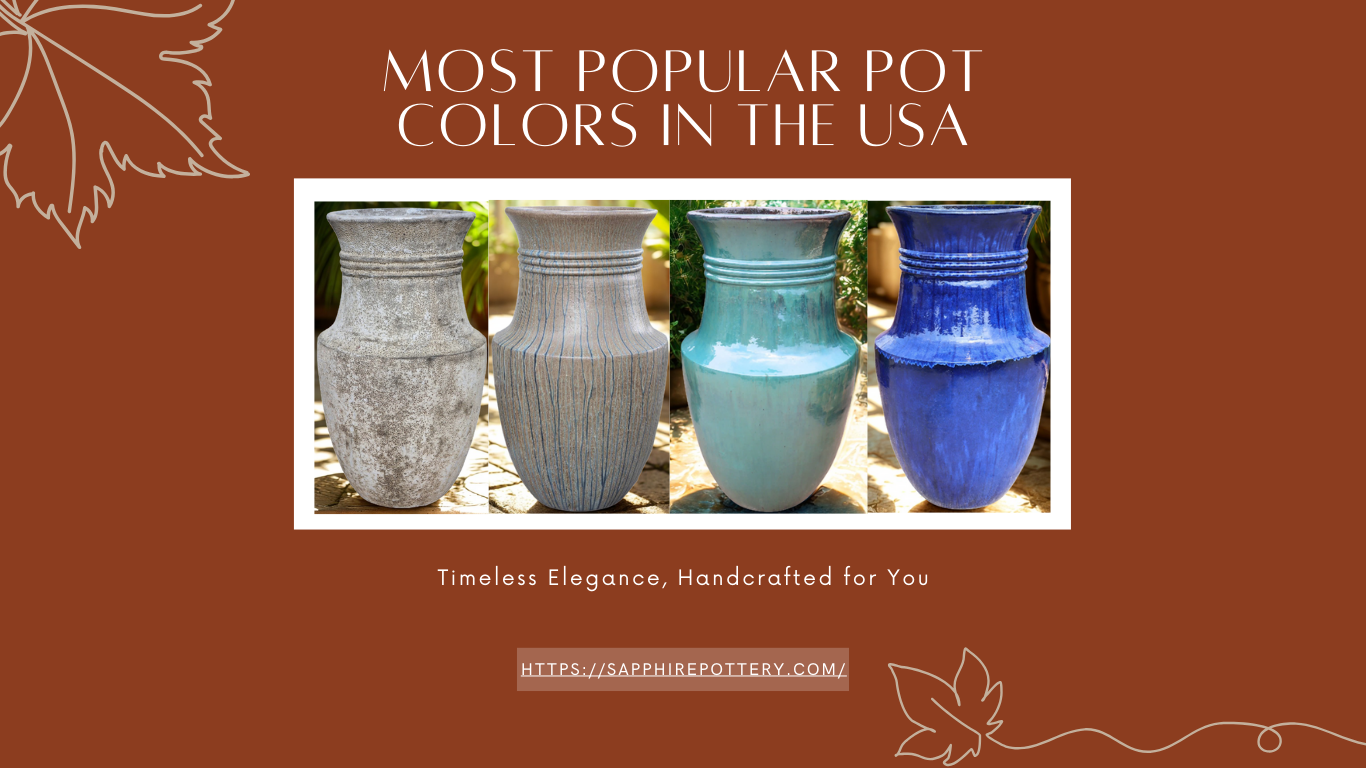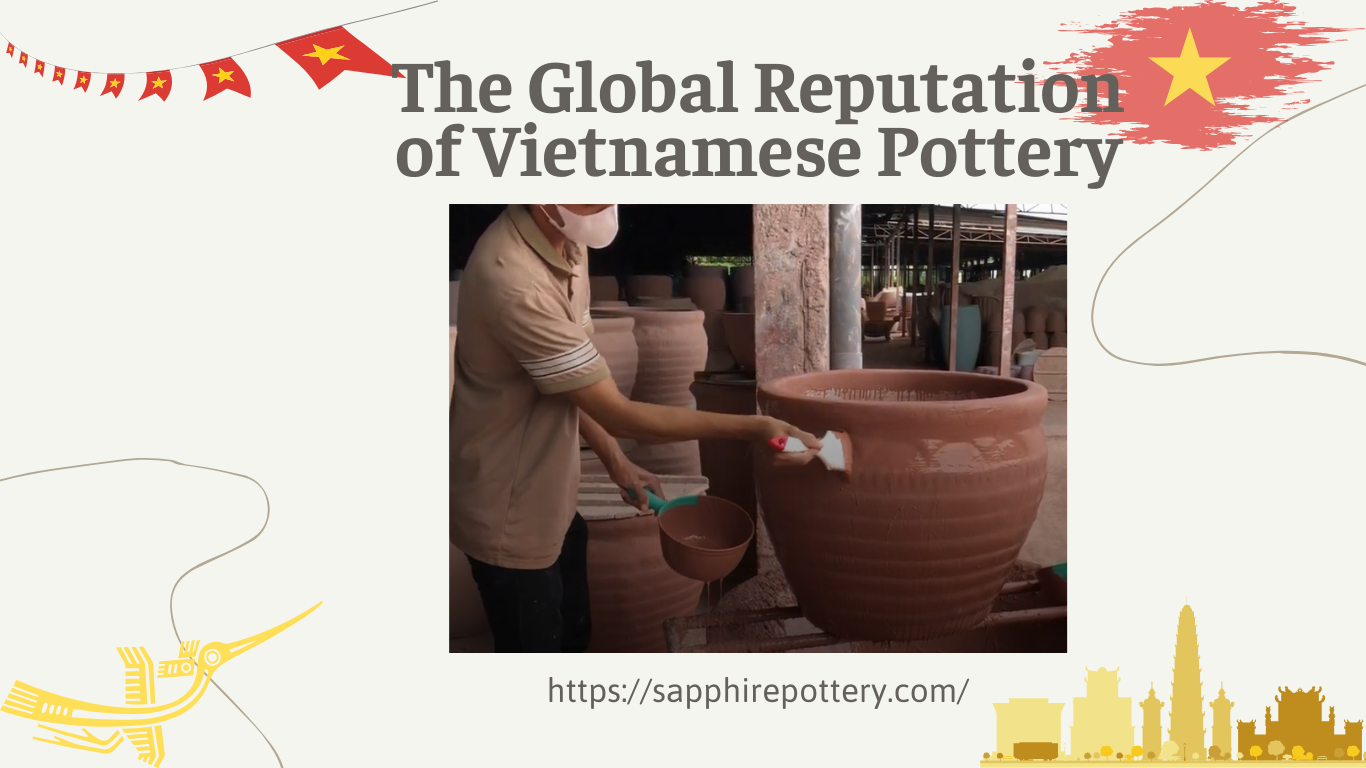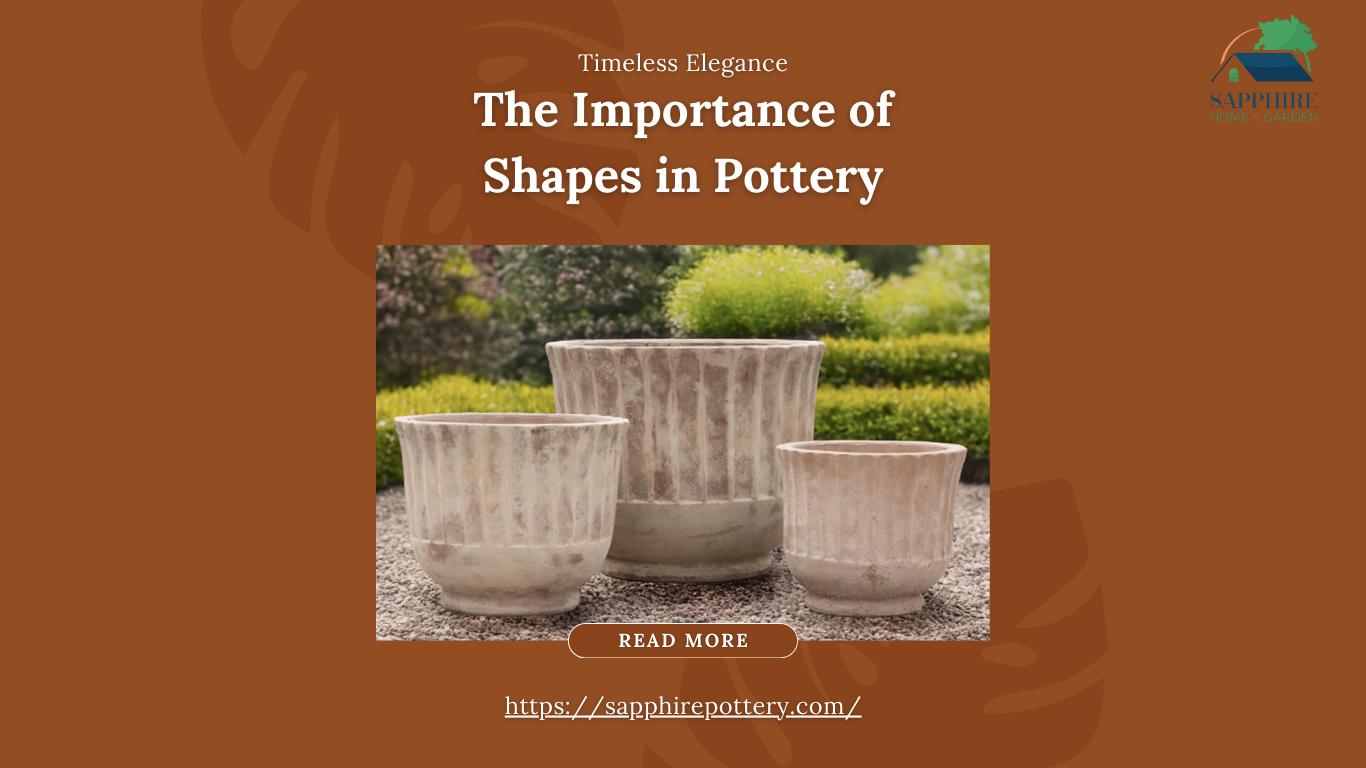How to Build and Maintain a Good Wood Fire for Pottery Kilns
1. Choosing the Right Wood
-
Well-seasoned, dry wood (moisture content below 15%) burns hotter and produces less smoke.
-
Hardwoods (acacia, eucalyptus, cashew, teak) burn longer and produce steady heat with minimal ash.
-
Softwoods (pine, poplar) ignite quickly with strong flames but lose heat faster.
-
Avoid rotten or damp wood with bark intact — it creates excessive smoke and can stain pottery.
2. Preparing the Kiln and Kindling
-
Clean out old ash from the firebox before firing.
-
Kindling: use dry paper or small wood sticks arranged in a teepee or log cabin style for good airflow.
-
Leave space for air to enter from below — oxygen is essential for a strong burn.
3. Firing Stages
Stage 1 – Gradual Heat-Up
-
Light a gentle fire for the first 2–4 hours to remove moisture from clay and glaze (rapid heating can cause cracks).
-
Use small wood pieces, add fuel steadily, keep temperature around 200–400°C.
Stage 2 – Strong Heat Rise
-
Once moisture is gone, increase wood size and feed every 2–5 minutes.
-
Aim to reach 900–1000°C before entering the soak stage.
Stage 3 – Soaking & Flame Control
-
Maintain 1200–1300°C (depending on clay and glaze type).
-
Adjust air intake: open fully for bright flames, close partially to encourage ash build-up.
-
Switch to ash-rich wood for natural ash glaze effects.
4. Signs of a “Good Fire”
-
Bright orange-gold flames with minimal black smoke.
-
Stable temperature without major fluctuations.
-
Even ash distribution, no heavy clumping in one area.
-
Consistent “hissing” or “roaring” burn sound without sputtering.







